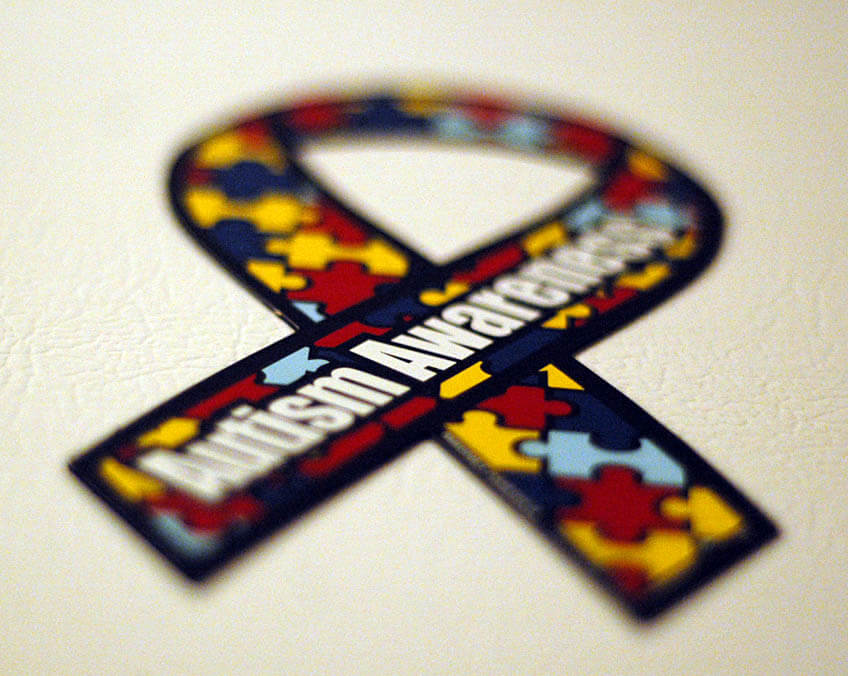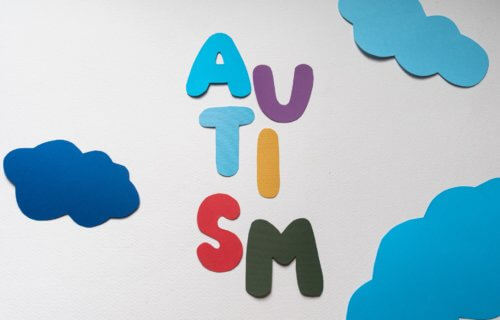NEWARK, N.J. — A startling number of autistic teens may be living with their developmental disability in silence, according to new findings. Study authors from Rutgers University report that roughly a quarter of 16-year-olds with autism spectrum disorder (ASD) in the state of New Jersey still haven’t received a formal diagnosis.
Autism spectrum disorder is a developmental disability caused by differences in the brain. The condition can manifest itself in a number of different ways depending on the individual and specific type of autism. Generally speaking, ASD patients often have trouble communicating and interacting with others. It’s also common for autistic individuals to learn in different ways and at a different pace than others.
This latest project made use of a method known as active multiple-source surveillance in order to gather what its authors call the best-ever dataset pertaining to ASD prevalence among adolescents in the northeastern New Jersey region.
“We think this is the largest ever study of ASD in this age group, and we hope it helps schools, health care providers and others with information that leads to better understanding and services,” says Walter Zahorodny, an associate professor at Rutgers New Jersey Medical School and lead author of the study, in a university release.
All in all, the study reports 1.77 percent of 16-year-olds in northeastern New Jersey have ASD. However, the disorder affects more teen boys than girls, more Caucasians than African-Americans or Hispanics, and more high-income adolescents than their low-income peers.
Moreover, researchers report that one in four adolescents with ASD had not been diagnosed and that three in five adolescents with autism also had one or more neuropsychiatric conditions — in most cases attention deficient hyperactivity disorder (ADHD).

This study was conducted using data provided by school and health records encompassing 4,875 of the 31,581 16-year-olds who lived in four northern New Jersey counties in 2014. An initial analysis showed that 1,365 records merited comprehensive evaluation and analysis – which eventually led to the confirmation of 560 cases. Among those, 384 had already been identified by monitoring when the group was eight years-old. Another 176 individuals satisfied ASD diagnostic criteria at the age of 16.
Notably, ASD was identified more frequently in adolescent males (2.89%) in comparison to females (0.62%). Meanwhile, ASD was twice as common among adolescents from high-income households when compared to low-income households. ASD diagnosis varied quite a bit when it came to race and socioeconomic status. Autism was 50 percent more prevalent among White adolescents than their Black and Hispanic peers. Researchers note the studied sample did not include enough Asian teens to compare rates.
“This confirms what other studies have found about the relative occurrence of autism by sex, race and socioeconomic status in childhood, and it almost certainly reflects true incidence patterns rather than better diagnosis rates among groups that get more frequent and better medical care,” Prof. Zahorodny explains. “Our study didn’t examine why prevalence rates vary, but other studies suggest a complex interaction of genes and environment.”
Study authors believe that this work’s most important finding may be the identification of a significant number of undiagnosed autism cases, especially among so many young people and adolescents with mild forms of impairment. The observed high percentage of adolescents with ASD who also have another neuropsychiatric disorder also holds major implications moving forward.
The suggestion that so many young students are going undiagnosed, and that tons of adolescents who could benefit from support aren’t getting it, highlights the urgent need for both schools and healthcare providers to improve ASD detection tools and protocols. The specific finding that many patients with ASD also exhibit signs of other neuropsychiatric disorders indicates such individuals will likely require more intensive interventions, care, and planning.
While this project was the second of its kind conducted by this research group aimed at analyzing the same group of people, Prof. Zahorodny hopes it won’t be the last.
“We would love to continue studying this same cohort going forward because we know so much less about autism in adulthood,” the study author concludes. “Continuing to follow this group of more than 500 people could greatly add to what is known about ASD and how it is characterized in adulthood, which will, ultimately, lead to the identification of interventions which maximize well-being.”
The study is published in the Journal of Autism and Developmental Disorders.
You might also be interested in:
- When siblings have autism, scientists say more genes come from their father
- CDC: Autism rates in the U.S. are skyrocketing, especially in California
- 134 new genes linked to autism discovered in human genome


So it’s a normal personality type that’s been made into some kind of looney toon condition. For what purpose? Declaring it a serious condition and sell treatments?
As a child (70 years ago) I suffered terribly from Autism type sickness. I was forced to sit with 29 morons who needed everything explained 20 times, things which I had read by myself, at home, long before.
Attention deficit? I was bored out of my tiny skull. Yes there were half a dozen others in the class, the girls kept quiet and just wanted the teacher to love them and I and a couple of other boys just wanted out.
Autism is generally caused by really cr*ppy teachers, forced to teach lies and nonsense to kids who aren’t in the least bit interested in what a Monocotyledon is as they know full well that the moment the stupid memory test is over they will never ever need to know that nonsense.
It is strange that nobody ever cares about Autism in the playground.